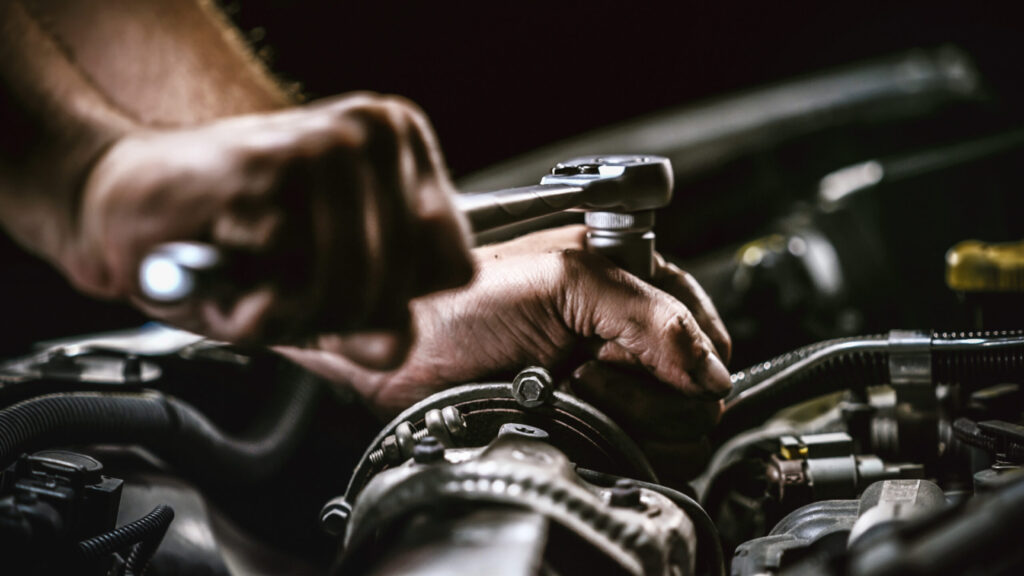
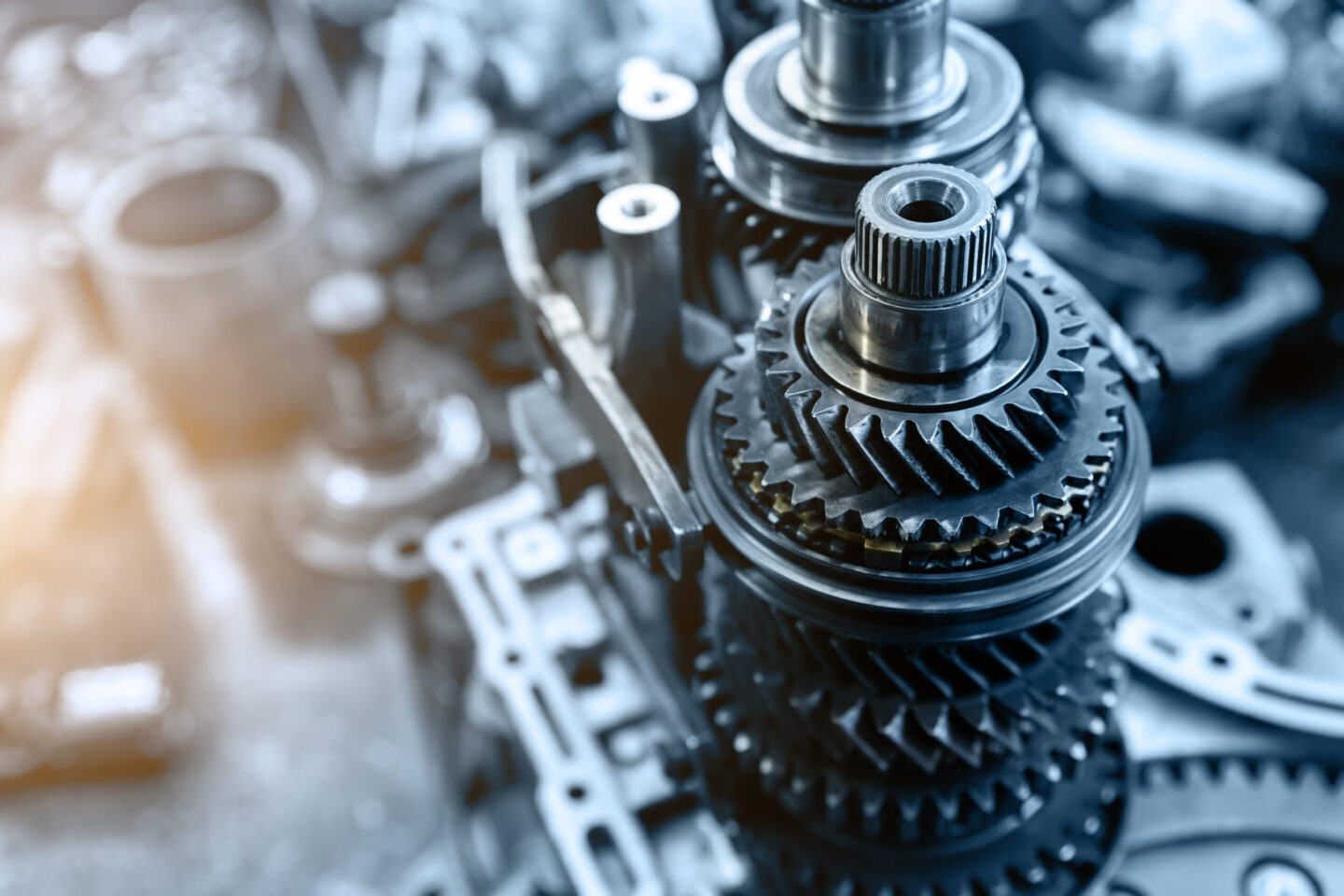
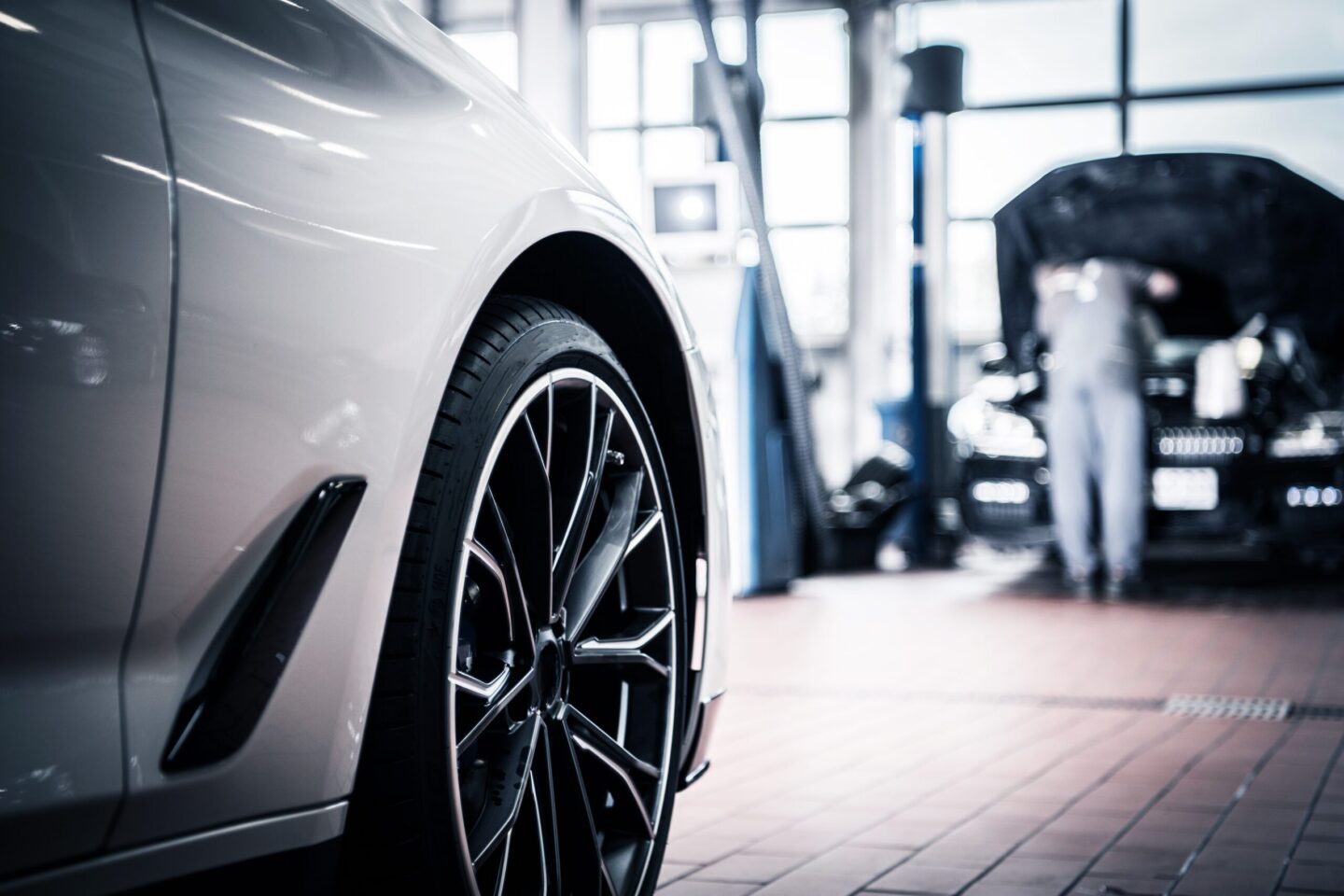
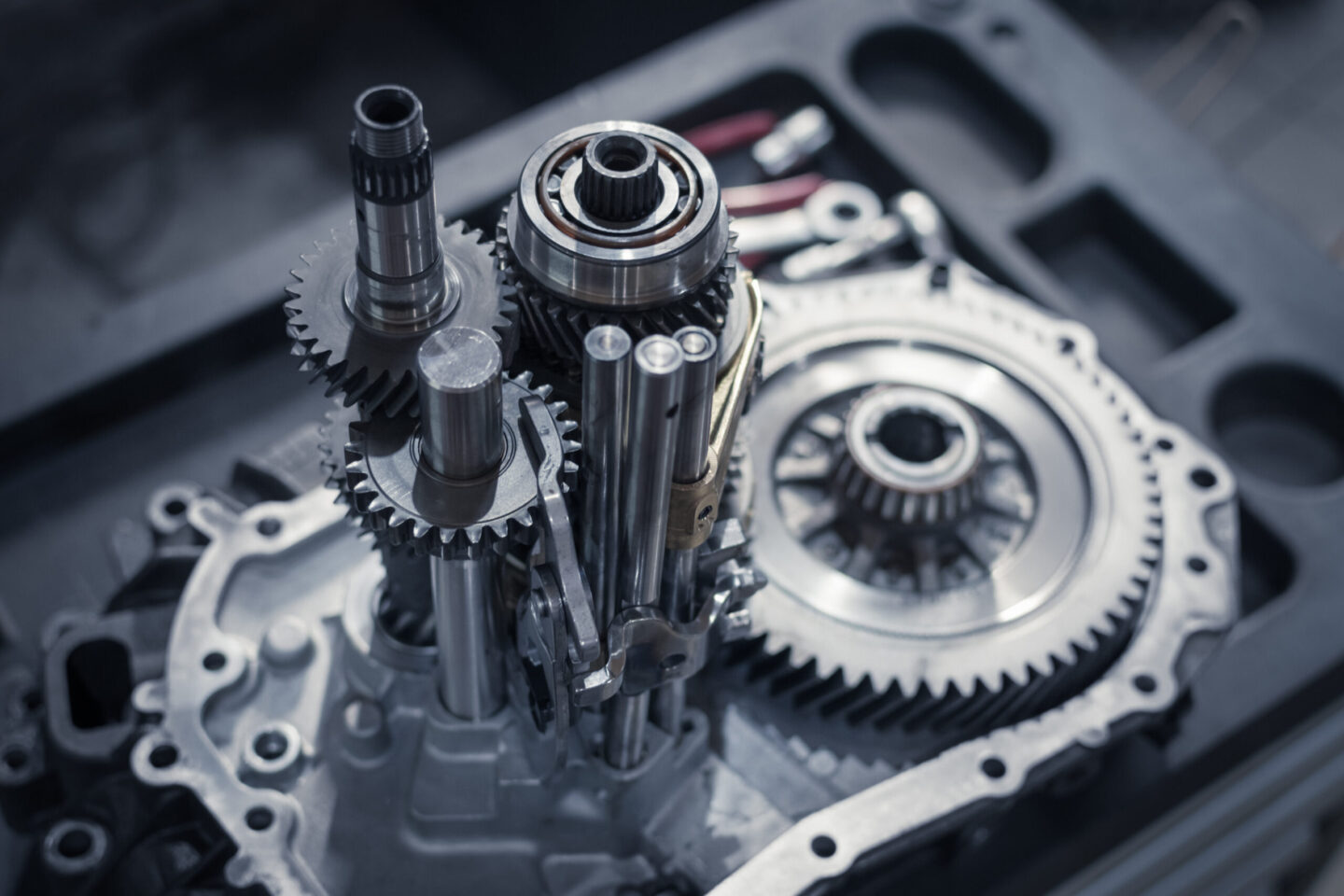
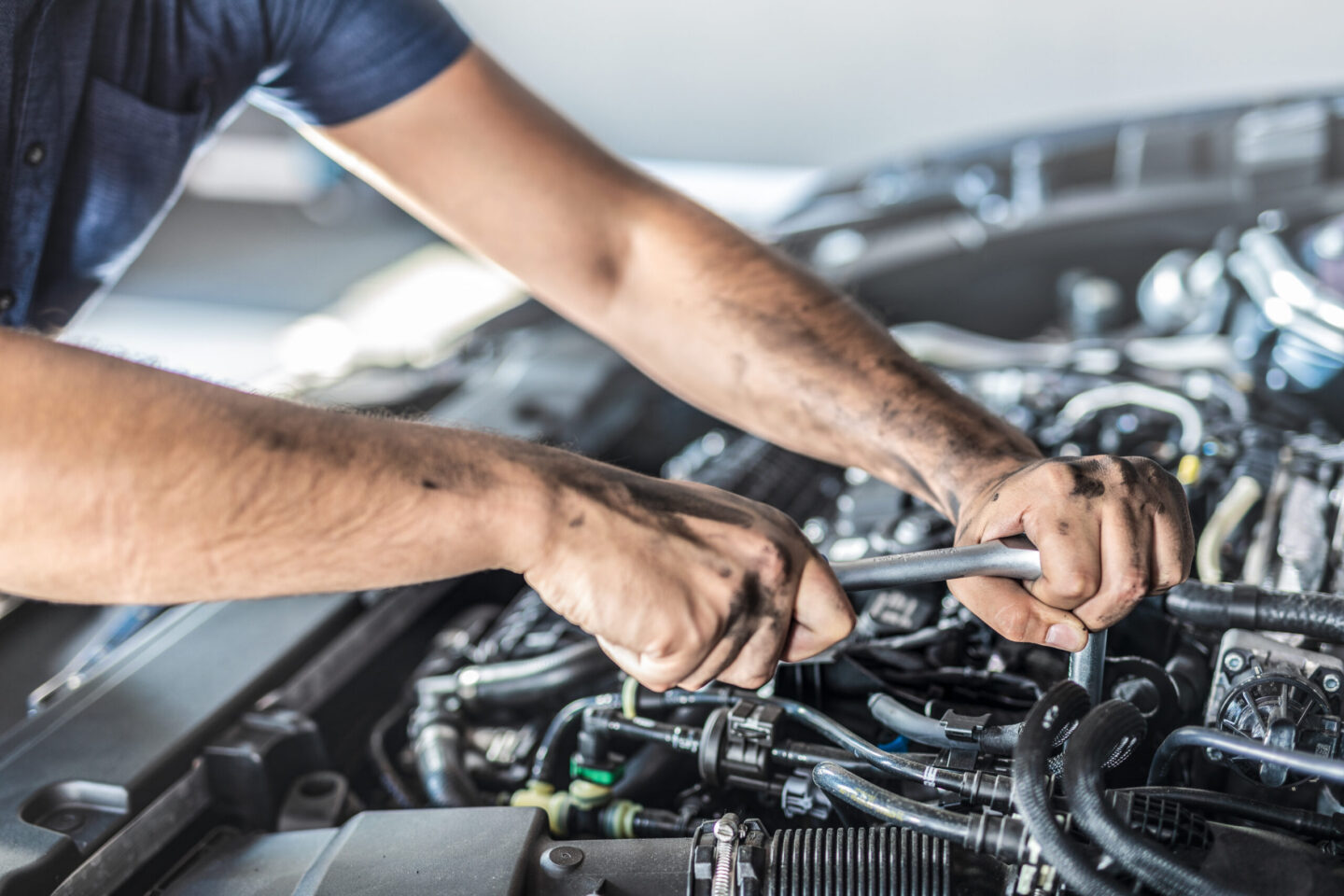
Auto, Car & Vehicle Transmission Repair Services in Conroe TX
manual transmissions
Cheaper. Here is the main argument for the popularity of manual transmissions. They have a lower manufacturing cost with price differences that can range between $1,000 and $2,500 on average (or even more depending on the type of car), which becomes a decisive element when making the purchase decision.
They have the behavior that the driver wants to give them. Once the driver has gotten the feel of the clutch, the car will behave the way he wants it to. Decisions on when and how to change gears, at what revs, or how to use the gearbox to take advantage of engine braking will be solely and exclusively the decision of whoever is behind the wheel.
Greater precision. We are not referring to when to change gear, that an automatic gearbox will do it autonomously. The precision, understood as the millimeter control that we can give the car with the regulation of the left pedal, is much higher in a manual. Maneuvering at full throttle, on a slope or especially anticipating changes (or avoiding them) through experience can only be achieved with a manual.
They bring a mystical plus to driving. The connection between the human being and the car by acting on the gears of the gearbox, therein lies the greatest charm of the manuals and their staunch defense of motor fans. That may be why aspirational cars continue to rely on three-pedal transmissions, although this too is changing.
automatic transmissions
They are more comfortable. There is no discussion when it comes to day-to-day operation. Automatic transmissions are infinitely more pleasant to use, especially if we are drivers who spend a large part of the time in the city or directly in traffic. The absence of the third pedal and the gear lever allows us to focus solely on accelerating, braking and steering while the left foot rests.
They are associated with more and better technology. As we mentioned before, there are a number of driving assistance technologies that have their sights set on autonomous driving, but require an automatic transmission to work. This is the case of intelligent speed controls with a stop and start function or automatic emergency braking systems.
They are getting better every time. Historically we have criticized automatic transmissions for running flat, for having no soul. Before it was true, with the boring and bland behavior of the typical torque converter. Now the technique has evolved enough for dual-clutch gearboxes or even modern torque converter gearboxes to greatly approximate their operation to that of a human driver.
They are more and more widespread. Until a few years ago, an automatic gearbox was associated with a type of car with a luxury profile or with certain premium aspirations. Currently, practically all compact cars are offered with optional automatic gearboxes and not only for the most powerful engines in the range. Its popularity is growing as its operation is refined, to the point that it is really difficult to find powerful sports cars or supercars with manual transmissions.
They usually have manual mode. If you want to maintain control of the gear change, don’t worry. The vast majority of automatic gearboxes have an M (manual) or S (sequential) mode with which to decide when to insert a gear more or less through the lever or the cams located behind the steering wheel.
Drawbacks
More expensive maintenance. Despite the fact that their maintenance periods are more spaced (especially those of the torque converter), automatic gearboxes raise the bill when they have to go through the workshop. They have more moving parts and a lot more electronics, which increases the cost of repair.
Higher consumption. Automatic transmissions, on average, consume slightly more than manual transmissions. This figure is gradually approaching thanks to technical advances and even in Volkswagen DSG transmissions lower consumption is announced thanks to a more continuous thrust, without interruptions of thrust between gears.
Less sensations. Although automatic gearboxes are much better than they were a few years ago and although they have a manual mode, they are still less emotional than the link that is created with the clutch and the lever of a lifetime. The touch is filtered and sometimes a little slow, which means that part of the personal aspect of driving is lost.
automatic transmission
Not so efficient in terms of fuel consumption. In the past, automatic transmissions were not thought to be as fuel efficient as manuals, but the technology is improving.

Semi-automatic transmissions
The driver of a semi-automatic will still have to change gears using a manual gearbox. The only thing is that the gearbox does not need you to press any clutch pedal because the electronics of the semiautomatic take care of the clutch by itself.
Because of this, the gearbox can accurately calculate the right moment for the gears to shift, allowing them to shift quickly and smoothly.
The only problem is that you may find yourself with a gearbox that doesn’t do its job as fast as you’d like. This would especially be the case if you are driving and then need to brake hard to slow down quickly.
Cons
- It requires more money to maintain a semi-auto than a manual.
- Repairing a semiautomatic is expensive. In fact, replacement would be cheaper.
- Semi-autos have a history of malfunctions and failures. There are many reasons why this could happen, and they may not even involve streaming directly.
Pros
- The driving experience is very smooth when changing gears.
- If the torque converters experience slippage, there will be no power loss. You also won’t experience this loss during manual shifts.
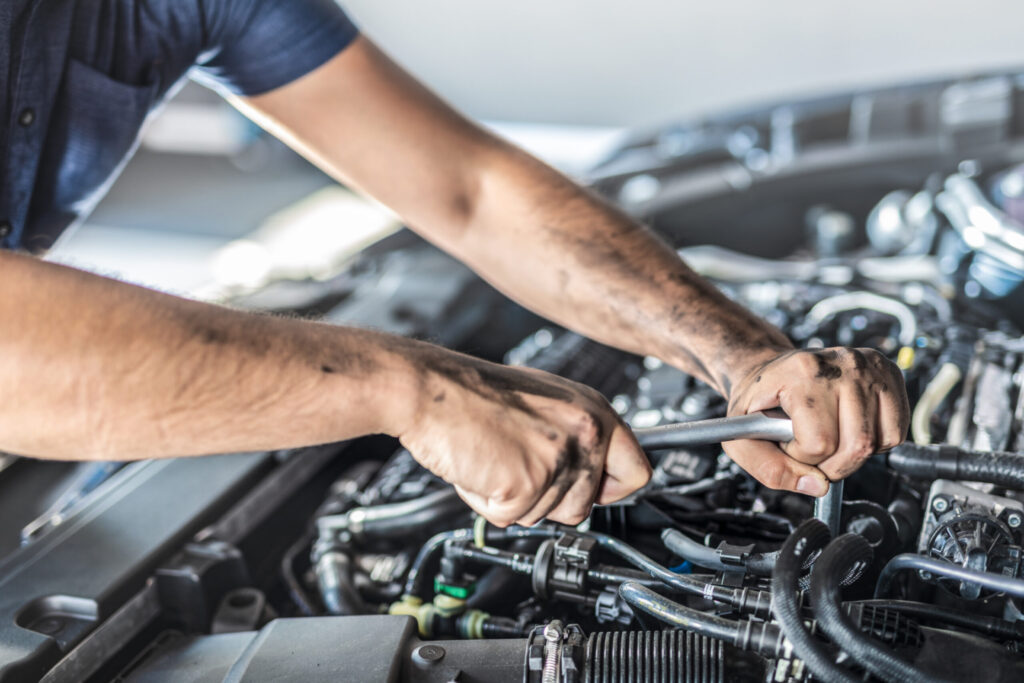
semi-automatic transmission
The driver of a semi-automatic will still have to change gears using a manual gearbox. The only thing is that the gearbox does not need you to press any clutch pedal because the electronics of the semiautomatic take care of the clutch by itself. Because of this, the gearbox can accurately calculate the right moment for the gears to shift, allowing them to shift quickly and smoothly.
CVT transmissions
While a conventional transmission uses a series of gears and a single or double clutch to send power to the wheels, the CVT transmission has no gears or speeds. Instead, it uses a pair of variable thickness pulleys connected by a belt. One pulley is linked to the motor and the other sends power to the wheels.
Depending on the power required, the width of the pulleys changes, as one pulley gets thicker the other gets thinner, providing constant acceleration without interruptions and extracting the most power possible from small engines. This is why many four-cylinder engines use this type of transmission, some with a disc and ball bearing system.
Despite not having gears, a CVT transmission allows manual shifting. This is accomplished by moving the belt and pulley system to predetermined points that simulate marching.
CVT transmissions
There is also what is known as a Continuously Variable Transmission (CVT). The CVT transmission doesn't have individual gears, but it does have one that is variable and works for all driving conditions. It uses a belt and pulley system to transfer power from the engine to the vehicle's wheels, allowing for an infinite gradient of probabilities.
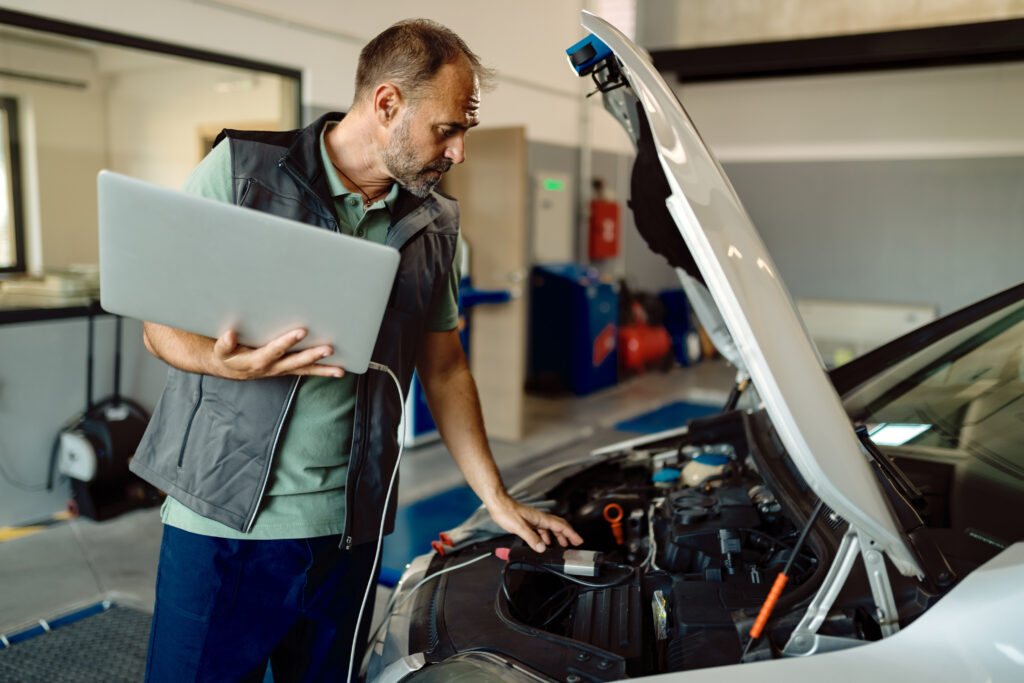
Transmisiones transfer
There are certain vehicles that require certain parts for proper driving and to make the most of their qualities. A good example of this is off-road or four-wheel drive vehicles, which require a good transfer case to function properly on all types of roads.
What is the transfer case?
This device is in charge of optimizing the power coming from the engine towards the two axes, managing it between the four wheels of the vehicle based on the driving needs of the moment.
A transfer case, or popularly known as a transfer, is an essential mechanism in 4×4 cars, especially when driving on certain terrain where each wheel is required to betray and respond one hundred percent.
How does the transfer case work?
The operation of a transfer case is simple as well as important, and can be summed up in the idea that it is the part responsible for receiving the power of a vehicle’s engine to later send it to each of the four wheels.
However, for this process to work correctly, it is necessary that both the transfer case, as well as the transmission shafts, wheels and differentials, must be in perfect condition so that they work in unison, in order to avoid problems or possible breakdowns and repairs.
Different types of transfer boxes
There are two types of transfer cases, those with a driven chain and those with a gear. The first use roller chains or separate chains to control the two axes, depending on the needs, while the second type uses a series of more complex mechanisms and gears.
Gearboxes are essential in certain vehicles such as off-road vehicles that must drive in certain, shorter gears, where special grip and perfect control of all four wheels of the vehicle are required.
